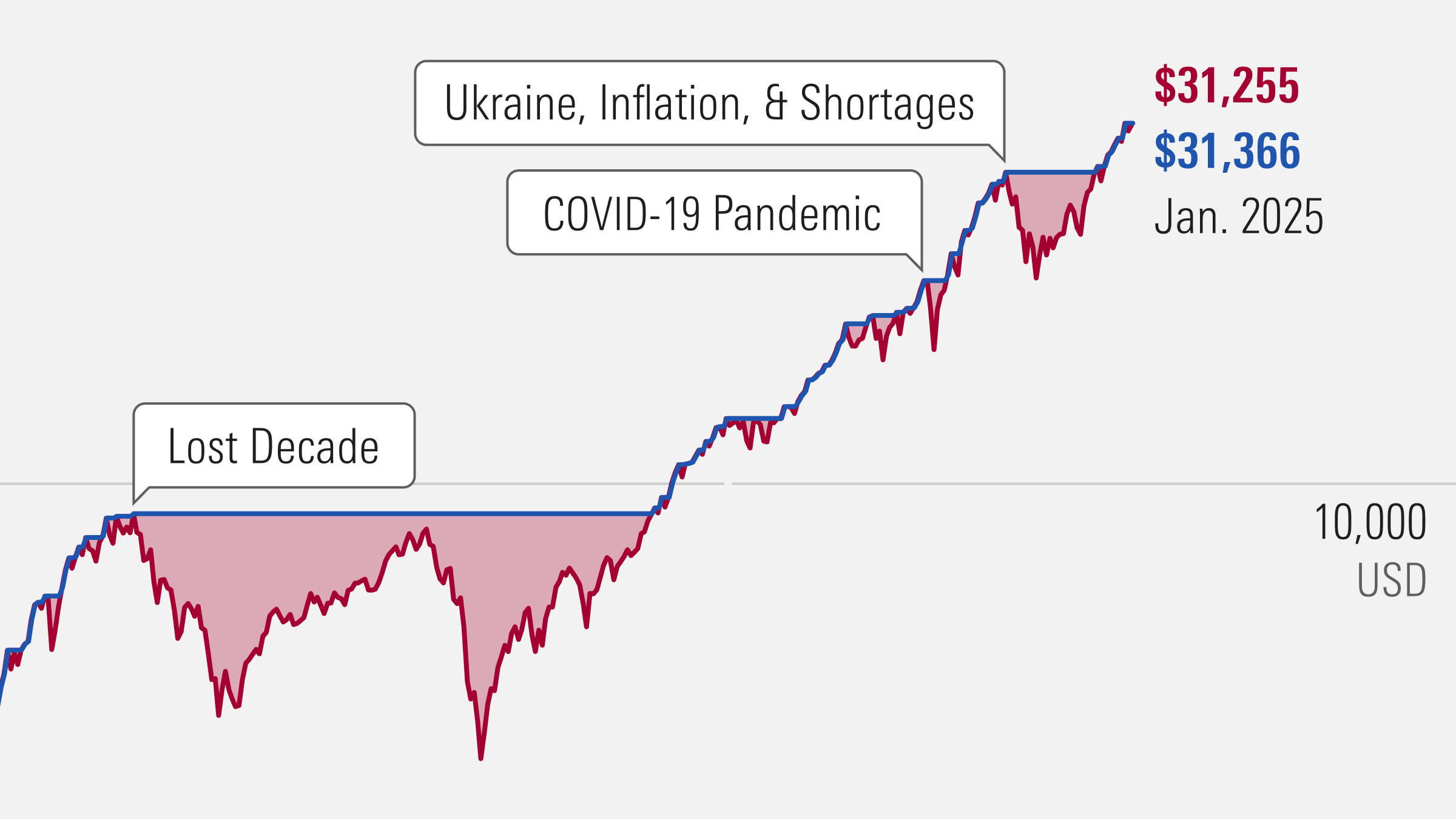See more episodes of Quant Concepts here
Ian Tam: Welcome to Quant Concepts. Today, we'll be talking about the importance of sector diversification in Canada, illustrated with some concrete data from Morningstar CPMS. Canada is a fairly cyclical and concentrated market. If you're currently invested in an ETF or an index fund tracking the S&P/TSX Composite, roughly 30% of your holdings are in the financial sector, about 20% are invested directly in the energy sector, and about 10% is invested in the materials sector. Unlike in the U.S., indexing in Canada does not necessarily mean that you're fully diversified across economy. For conservative investors looking at individual equities, the case for sector diversification is even more important. So, to illustrate this point, today, I'll be using Morningstar CPMS to show one way of being reasonably diversified and how this might affect portfolio returns over time.
To start off with, why don't we build a very basic model, and in Canada, that typically means a dividend-oriented or a yield-oriented model, especially for the conservative investors out there. So, to do that, I'm going to use CPMS or Morningstar CPMS to track the S&P/TSX Composite, take a look at those stocks and rank them based on a set of factors.
So, the first factor is, of course, dividend yield. That's worth about 40% of my model. I'm also looking at expected dividend growth rate. So, what that means is, the growth rate implied by the dividend that the company has announced they're going to pay but has not yet paid. We're also looking at the five-year historical dividend growth rate. So, on average, how much dividends are growing each year in the last five years. And finally, we're looking at the average ROE or return on equity over the last five years. So, based on these four factors, I've ranked all the stocks in the S&P/TSX Composite Index from best to worst.
In order for me to consider buying stocks, I'm going to be looking at the top quartile or the top 25% of those names. Within that top 25% I'm only considering stocks I have a reasonable payout ratio to make sure that dividends paid are sustainable over time. So, for those limits, I use a payout ratio on earnings of less than 80%, or a payout ratio on cash flows of less than 60%. And lastly, just to make sure the stocks are moving in the right direction before I buy them, I'm looking at a three-month price change that's positive.
Finally, when a stock drops below the top 35% of my rank list, I will sell the stock. Or if the company's payout ratios go beyond the limits of 100% on earnings or 80% on cash flows, I will also sell the stock. So, that's basically my very simple model today. In my first iteration, I'm not going to apply any sector limits. So, what that means is, whenever I sell the stock, I'll replace it with the next highest ranking stock, regardless of which sector it belongs to. So, let's have a look at how this model does.
So again, in CPMS back test we're starting with some cash position, and in this case, $1 million cash in September of 1997. I would have purchased the 20 stocks that met those requirements at that point in time using the information available at that point in time. At the end of each subsequent month if any of the stocks drop out of my model, or if they break my sell rules, I will sell the stock and replace it with the next highest ranking stock regardless of which sector that next highest ranking stock belongs to. Today, I'm going to bake in a 1% management fee. So, the results that I'll be displaying are going to be net of that fee.
Okay. So, it looks like our results are in, and that model with unconstrained sectors returned about 7.7% annualized net of a 1% fee, which is better than the TSX Composite by roughly 1.2%. The turnover on the model is about 22%, meaning, on average, every year you're trading about five stocks out of the 20.
If we look a little closer, I want to show you the up-down market ratios. So, there were certain number of quarters where the index was down over that time period. Of those quarters, this model beat the index about 55% of the time. Similarly, there were a certain number of quarters where the index was up and of those quarters, the model beat the index about 50% of the time. So, certainly, not a terrible model.
We also want to look at another very important ratio called the Sharpe Ratio, which measures the return per unit of risk. And of course, we want a nice high Sharpe Ratio, especially when compared to the index. So, over the longest period of time, the Sharpe Ratio on this model is about 0.4, and the Sharpe Ratio on the index is about 0.3. So, certainly, a little bit higher, so a bit more risk efficient than the index, but not by that much.
So, what we'll do now is we're going to modify this model just to illustrate my point. So, I have a second model here, which is pretty much identical to the original model, the only difference is that I have put a sector limit or a sector max of 3. So, what happens is, whenever I sell out of a position, I always replace it with the next highest ranking stock. Before I do that, I look at my portfolio to make sure that I don't already have more than three stocks within that economic sector. And by doing it this way, we're ensuring that we're somewhat diversified across the economy. If that next highest ranking stock is in a sector I'm already overexposed to, I'll skip it over and go to the next one down. So, let's have a look at how this model would run over that same period of time using the exact same parameters, except with a sector limit built into it.
Okay. So, our back test is done. Let's have a look at these results. It looks like this modified version of the model with the sector limits gave me 9% annualized, again, net of 1% management fee, which is better than the index by 2.5%. So, in terms of just absolute return, it looks like it's done a little better. But again, let's look a little bit deeper.
If you look at the quarters where the index was down, of those quarters, this model beat the index about 68% of the time. So, you could read into that by implying that this strategy has a bit more downside protection than the original model. In up markets, it looks like we underperformed the index in terms of frequency. However, for conservative investors, the more important ratio would be how we did in negative quarters or down markets.
Of course, we also want to look at the Sharpe Ratio, so the return per unit of risk. And here we can see that the Sharpe Ratio on this model is about 0.6, so certainly better than it was a few seconds ago. And that's of course better than the S&P/TSX composite. The stocks that meet the requirements to be purchased into the sector limited model today are listed in the table attached to the transcript of this video.
For Morningstar, I'm Ian Tam.



















